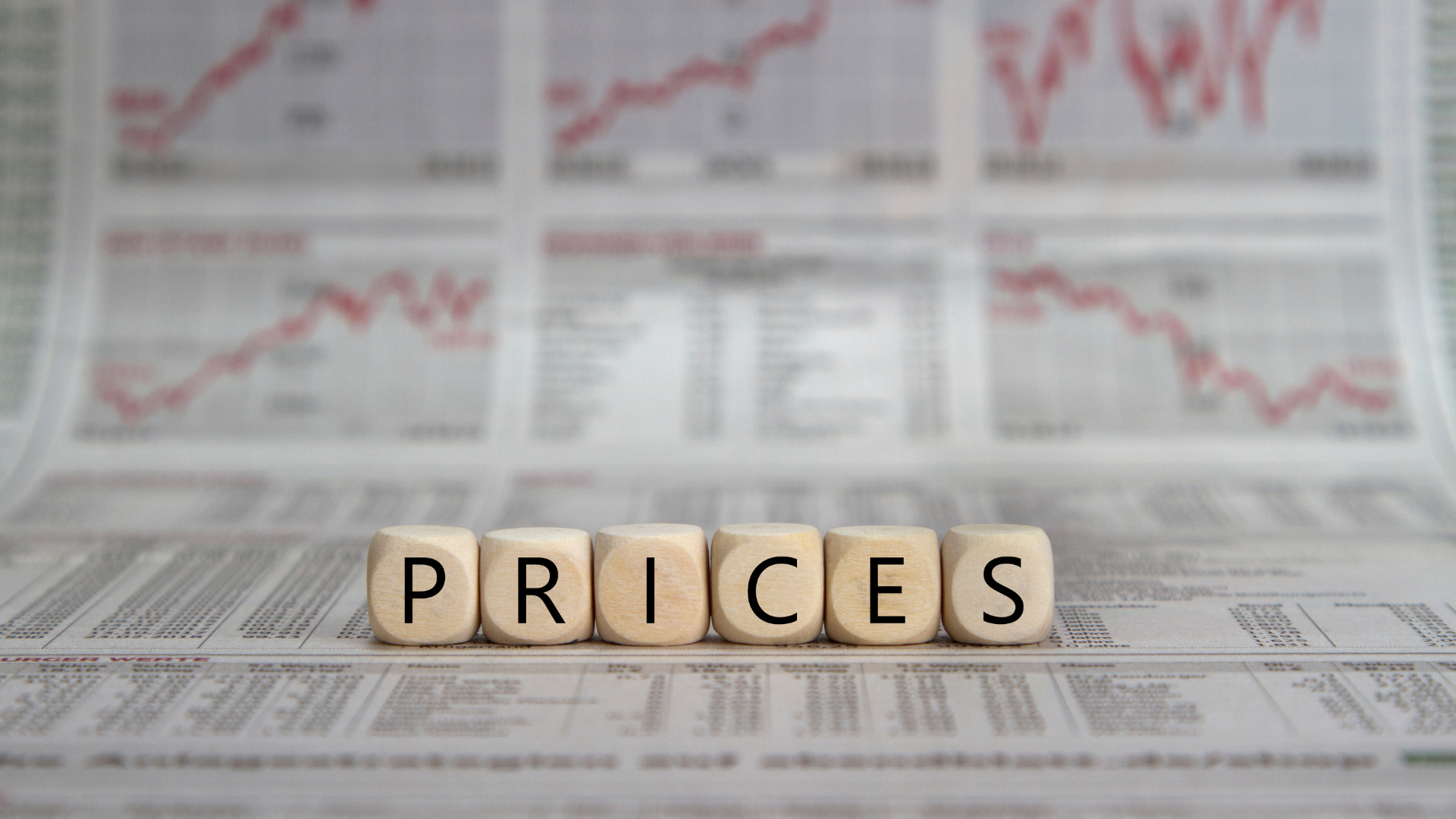
What Is The Meaning Of Surge Pricing For Small And Medium-Sized Businesses 🌊
What is the meaning of surge pricing for small and mid-sized businesses? This pricing strategy is particularly beneficial during peak times such as holidays or special events when there is a high level of customer demand. Surge pricing can also help small businesses better manage their inventory by ensuring that they are not overstocked during times of low demand. This can lead to cost savings and increased profits in the long run.
>Download Now: Free PDF How To Drive Pricing Strategy To Accelerate Sales & EBIT Growth
The problem is though, customers often complain that they don’t like surge pricing or dynamic pricing very much. Often they feel they’re being overcharged and that it is unfair to charge someone different prices for the same product based on demand factors.
In this article, we are going to discuss how small businesses that are trying out surge pricing can make it more acceptable to customers. We argue that customers must fully understand the pricing framework and believe they are getting good value for their money in order for surge pricing to be effective.
At Value Culture, we believe that small businesses should take a holistic view of surge pricing to make it customer-friendly and profitable. By the end, you will know how small businesses can use surge pricing to boost profits without driving away potential customers.
What Is The Meaning Of Surge Pricing?
Surge pricing, also known as dynamic pricing, is a strategic pricing approach employed by businesses, including small enterprises, to adjust product or service costs in response to fluctuations in demand. In essence, it’s about pricing items dynamically to meet market demand in real time.
The meaning of surge pricing lies in the ability to raise prices during peak periods, ensuring that your business maximises revenue when customers are willing to pay more. For instance, consider a small restaurant situated near a stadium. When there’s a big game or concert, they might raise prices for their special menu items, capitalising on the surge in patrons.
Let’s take a closer look at a small e-commerce store specialising in electronic gadgets. During Black Friday and holiday shopping seasons, they may apply surge pricing by increasing the prices of in-demand products such as smartphones or gaming consoles.
Another example can be a local plumbing service. During extreme weather conditions when pipes are prone to freezing, they may charge extra for emergency repairs, reflecting the surge pricing strategy. These instances highlight how small businesses can utilise surge pricing to adapt to market dynamics and optimise revenue.
Surge pricing mechanisms often rely on algorithms and real-time data analysis. For small businesses, embracing surge pricing means being responsive to supply and demand changes. For instance, a small bakery can use point-of-sale data to identify the hours when their freshly baked goods are most popular and adjust prices accordingly.
Similarly, a boutique hotel can utilise booking trends to set room rates higher during local events or festivals, aligning with the surge pricing meaning by leveraging demand to drive profitability. It’s about understanding your business’s unique dynamics and using surge pricing intelligently to boost your bottom line.
What Are The Benefits Of Surge Pricing For Small Businesses?
Embracing the surge pricing strategy can yield several advantages for small businesses. The core surge pricing meaning for these enterprises lies in the potential for increased revenue during peak demand periods. For instance, a small local ice cream parlour can benefit from surge pricing on hot summer weekends, capitalising on the sweltering weather and high customer footfall. This approach allows businesses to optimise their earnings during times when consumers are willing to pay more for their products or services.
Furthermore, surge pricing encourages better resource allocation. Small businesses can ensure that they have the right personnel, materials, or inventory in place to meet increased demand during surges. Imagine a neighbourhood pizzeria during a big sports event night; surge pricing can help them anticipate higher pizza orders, enabling them to staff appropriately and have ample ingredients on hand. This not only satisfies customers but also prevents missed revenue opportunities.
Another notable benefit is that surge pricing can incentivise more service providers to be available during high-demand periods. In the case of a small transportation company, drivers may be more inclined to work during peak hours if they know they can earn extra money through surge pricing. By aligning surge pricing with demand, small businesses can attract and retain a motivated workforce while delivering a seamless customer experience.
Explaining The Meaning Of Surge Pricing For Small And Mid-Sized Businesses
Small businesses are starting to explore the potential benefits of surge pricing. By doing so, small businesses can maximise their profits and minimise losses during periods of high demand. This approach enables them to optimise their price according to the current market trend and ensure that they are taking advantage of customer demand when it is highest.
Furthermore, surge pricing can help small businesses to remain competitive in a dynamic market environment by allowing them to quickly adjust prices as needed. Ultimately, surge pricing could be an effective way for small businesses to increase their revenues and stay ahead of the competition.
The problem is that how surge pricing works can be a difficult concept to understand for some customers. As a result, it has faced some customer backlash.
For some, surge pricing is unfair and exploitative. This be attributed to the feeling of being taken advantage of, especially when prices are raised during peak hours or times when demand for services is higher. Customers may also feel that such practices are a way for companies to make additional profits from them at their expense.
Additionally, when customers feel they have no choice but to pay higher prices, they may feel that their ability to make informed decisions and act in their own self-interest has been taken away. This can lead to frustration and resentment towards the company providing services.
Discussion On How Surge Pricing Model Works And Its Meaning
If you are seriously considering surge pricing model for your business, here are some tips on how to get your customers on board with your new pricing system quickly:

1. Maintain price logic and consistency.
Is there an opportunity to improve your price structure? Create ground rules and pricing structures. Businesses must make it clear to customers what prices they can expect. Ridesharing apps, for example, cannot sell on the basis of one price and then hand them the bill for another when they arrive at their destination. This gives your customers a sense of transparency and makes them trust your brand.
2. Have price tests to back up your decisions.
Is strategic price positioning based on guesswork or data-driven hypothesis testing? According to Australian Consumer Law, businesses are not allowed to make false or misleading claims about their prices, including the reasons for surge pricing. This suggests that in order to utilise surge pricing, businesses must prove the high demand. Customers will be less likely to complain about your prices if you provide good justification for them.
3. Understand your customers inside & out.
Why do your customers buy from you and value your products? It is important to ask questions and really listen to their answers. You should also strive to keep up with their changing needs and preferences. Gathering data can be a great way to gain insights into who your customers are and what they want. Having a good familiarity with the needs of your customer base can help you to create better products or services, develop more effective marketing and pricing strategies, and improve overall customer satisfaction.
4. Don’t lose sight of your competitors.
What differentiates you from your competitors and why? Some customers may choose to price-match all existing offers against one another in order to find the best deal. While meeting your customers’ needs, make sure your prices remain competitive. Having competitive prices is essential to gaining and retaining customers in any market. By providing a reasonable price point, you ensure that customers are not only attracted to your business but also encouraged to remain loyal.
Implications Of Surge Pricing Model In Setting Prices For Small And Mid-Sized Businesses
Surge pricing must be done with caution; it’s not just about taking advantage of high demand. When setting prices, always consider your customers’ value drivers, willingness to pay, as well as your competitors. Businesses that take this approach will certainly reap the benefits and gain more market share. Often customers accept or reject surge pricing based on the validity of your pricing framework. We highly recommend taking a holistic view of surge pricing to make it customer-friendly and profitable.
Small- and medium-sized firm employees frequently have their hands full of workloads. But, our findings show that with the right set-up and pricing plans in place, incremental earnings gains can begin to occur in less than 12 weeks. After 6 months, your teams can capture at least 1.0-3.25% more margin using better price management processes. After 9-12 months, businesses often generate between 7-11% additional margin each year as they identify more complex and previously unrealised opportunities, efficiencies, and risks.
>>> Setup A Meeting With An Expert <<<
Bottom Line
So, what is the meaning of surge pricing for small and mid-sized businesses? Surge pricing can be a great way for small businesses to maximise their profits and increase revenue. By strategically changing the price of goods or services during peak times, businesses can take advantage of increased demand and attract more customers by offering discounts at off-peak times. Surge pricing gives small businesses greater control over their price structure, allowing them to make informed decisions about how much they should charge for their goods or services.
When implementing surge pricing, small businesses need to take several factors into account. First, they should research their target market and assess whether or not a price increase would be beneficial in the short and long term. Second, companies must plan out how much of a price increase to implement, as too large of an increase could lead to customer dissatisfaction.
Third, they should consider the costs associated with raising prices and how it could affect their bottom line. Finally, businesses should stay aware of changing market conditions and adjust their pricing as necessary to remain competitive. By taking these factors into consideration, small businesses can optimise their surge pricing strategy for maximum effectiveness.
For a comprehensive view of ensuring the continuous growth of your business, Download a complimentary brochure on How To Drive Pricing Strategy To Accelerate Sales & EBIT Growth.
Are you a small or medium-sized business in need of help aligning your pricing strategy, people and operations to deliver an immediate impact on profit?
If so, please call (+61) 2 8607 7001.
You can also email us at team@valueculture.com if you have any further questions.

